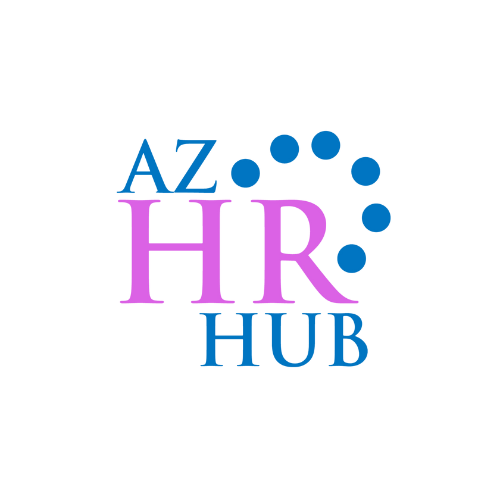Payroll Implementation Best Practices
Implementing a new payroll system can be daunting, but with the right strategies and considerations, it can be a smooth transition that enhances your organization’s efficiency and compliance. Whether you are switching from an old system or setting up payroll for the first time, following best practices ensures that your payroll setup supports your business needs effectively. Here are some essential tips to guide you through a successful payroll implementation.
1. Define Clear Objectives
Before diving into a new payroll system, it’s crucial to understand your organization’s specific needs. Define clear objectives such as improving accuracy, reducing processing times, or integrating with other HR systems. Having a solid understanding of what you need from your payroll system will guide your decisions throughout the implementation process.
2. Choose the Right Payroll Software
Select a payroll system that fits the size, complexity, and industry of your business. Consider features like tax compliance capabilities, ease of use, integration options with other HR and accounting software, and support services. Don’t forget to check user reviews and request demos to see the software in action.
3. Plan and Prepare
Effective planning is essential for a smooth payroll implementation. Develop a detailed project plan that includes timelines, roles, and responsibilities. Ensure you have all the necessary data on hand, such as employee information, pay schedules, and benefit deductions. This preparation will minimize disruptions during the transition.
4. Train Your Team
Training is critical to ensure that your HR and payroll staff can efficiently use the new system. Invest in comprehensive training sessions provided by the software vendor and consider additional training resources like webinars, manuals, or online courses. Proper training helps prevent errors and ensures your team is confident in using the new system.
5. Test the System
Before going live, conduct thorough testing to ensure everything works as expected. Validate data accuracy, check integrations with other systems, and run parallel tests with the old system to compare outcomes. This step is crucial to identifying and addressing any issues before they affect your payroll operations.
6. Manage Change Effectively
Change management is often overlooked in payroll implementations. Communicate openly with your employees about the changes and the benefits of the new system. Be prepared to address concerns and provide support as your team adapts to the new payroll process.
7. Ensure Compliance
Compliance with local, state, and federal regulations is a major concern in payroll processing. Ensure that the new payroll system complies with all relevant laws and that updates are managed to keep up with changes in legislation. This will help avoid legal issues and penalties.
8. Provide Ongoing Support
After implementation, continue to provide support to your team. Monitor the system’s performance and address any issues as they arise. Regularly update the system and train your team on new features and updates.
Implementing a new payroll system can significantly improve the efficiency and accuracy of your HR operations. By following these best practices, you can ensure a successful payroll implementation that will serve your business well for years to come.
For organizations seeking further guidance or tailored support, AZ HR Hub offers expert services in payroll implementation and HR operations management. Contact us today to schedule your FREE consultation and learn how we can help streamline your payroll processes.

